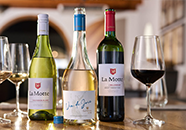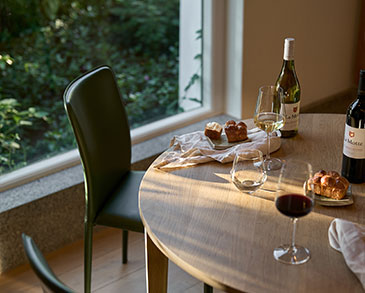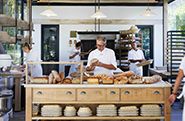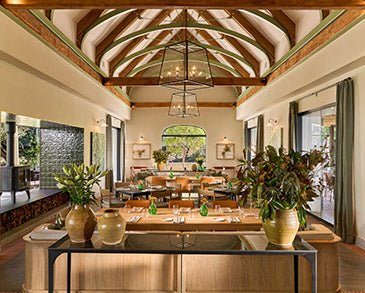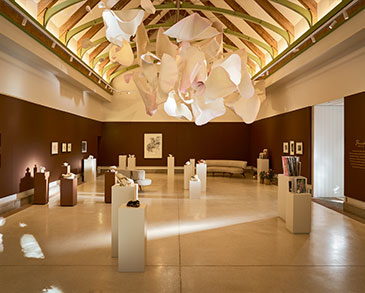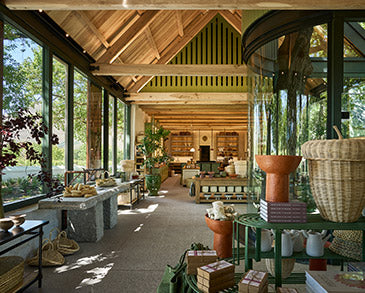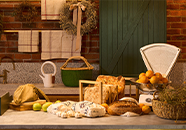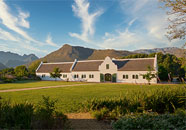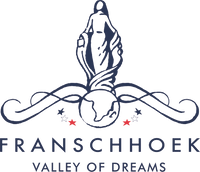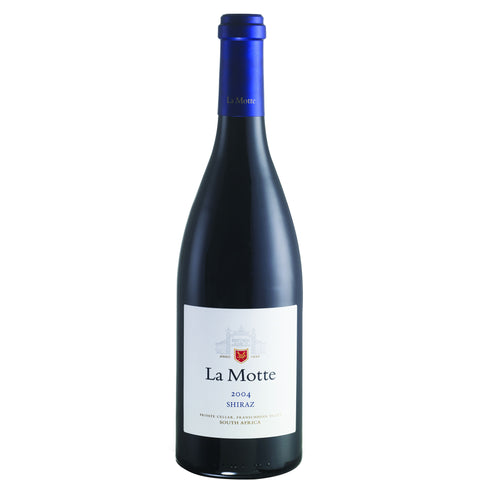
This wine was made from grapes originating from vineyards growing in different regions in the Cape winelands– Darling (39%), Durbanville (25%),Franschhoek (17%), Paarl (9%), WalkerBay (8%) and Stellenbosch (2%).
It was a late and very cold winter,with heavy snowfalls in and around Franschhoek. Budding was even and due to the damp soil caused by the late winter, favourable growing conditions were experienced during spring.Summer conditions were relatively cool and dry, with the result that grapes were picked two weeks later than usual. Only one heat wave, on 4 January, was an abnormal condition during an otherwise perfect season. Throughout the season there was little cause for disease and grapes were very healthy. The first Shiraz was picked on 22 February.
The vineyards all have unique macro climates and grow in a large variety of soil types. Different clones are represented. All the vineyards are trellised according to the Perold system and managed to be perfectly balanced in leaf cover and yield. Thanks to the different terroirs, each area produces grapes with specific characteristics, allowing the wines from each area to make unique contribution in flavour and structure. Each terroir also has its own time of ripening and grapes for this wine were harvested over a period of one month.
The grapes were hand-sorted and the whole berries were pumped into a tank. Subsequently, the grapes were cold-soaked for a few days before being inoculated with a selected yeast. Fermentation was at 25 degrees Celsius. After fermentation, extended skin contact of 20 days was allowed. The wine was then transferred to 225-litre tanks fro the duration of malolactic fermentation. Subsequently, there was 16 months’ maturation in 225-litre oak barrels - 30% new, 30% second-fill and 40% third-fill (85% French, 10% American and 5% Hungarian). After selecting the best barrels, 4 000 cartons (12 x 750ml) were bottled on 5 April 2006 and released as 2004 La Motte Shiraz.
The wine has a dark violet centre and a ruby rim. On the nose there are intense blackberry and mulberry fruits integrated with cigar box and coffee flavours as well as clove and cinnamon spices. The palate is muscular-bodied with chewey berry fruit and lots of peppery spice between well integrated tannins.
Alcohol 13,58% vol
Residual sugar 2,2 g/l
Total acid 5,6 g/l
pH 3,69

